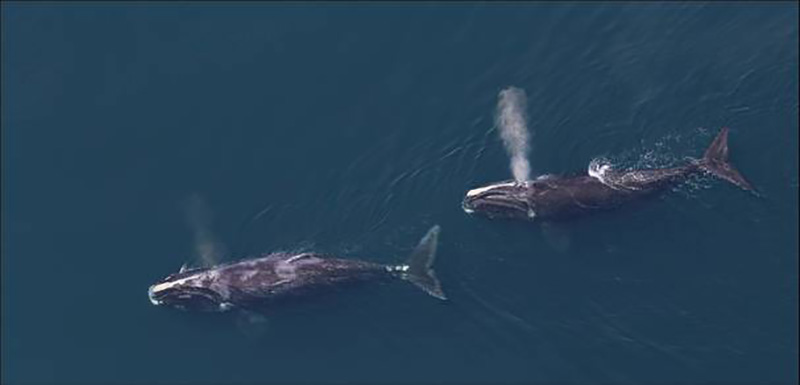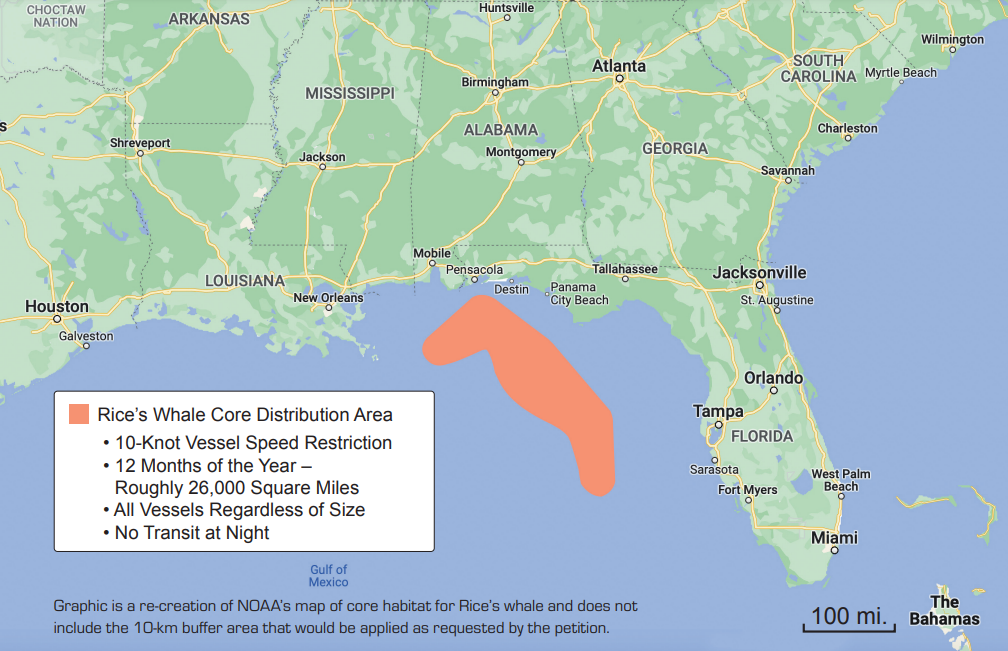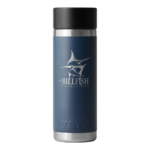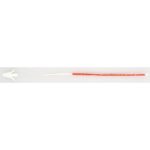
Speed Reduction Zones – TBF opposes the two recently issued proposals by NMFS and NOAA to apply extreme vessel speed reductions (10.5 mph) along the East Coast to all vessels 35 feet and longer when transiting Slowdown Zones. The goal of the first proposal aims to reduce vessel strikes of whales, yet documentation of whale strikes by vessels of 35 to 64 feet was not even included in the proposal.
The Northern Right Whale has been listed under the Endangered Species Act (ESA) since 1970, yet populations continue to decline. Failure by large container vessels (25% compliance) to comply with current speed reductions for vessels of 65 feet and larger does not justify placing punitive measures on smaller vessels beginning at 35 feet. The more realistic result is interference with commerce, as well as economic losses for a number of maritime industries.
A preferred approach would be to search for alternative solutions and/or work with additional agencies such as the US Navy and Woods Hole Oceanographic Institution and their marine mammal monitoring programs. Whether it’s developing a new alert notification system, or reworking a current system to be applied for this matter, there are options that can offer protection to these whale species without negatively affecting so many industries.
In a separate, federal action, a new petition filed with NOAA/NMFS by environmental organizations calls for extreme vessel measures in the Gulf of Mexico to protect the recently discovered Rice’s whale. The petition calls for a “year-round, ten-knot vessel speed reduction zone” for all vessels operating within the area between “100 m and 400 m deep. The area would cover from Pensacola, FL, to just south of Tampa, FL (i.e. 87.5° W to 27.5° N), plus an additional 10 km around that area. If all requests within the petition are implemented, significant disruptions to marine interstate commerce and recreational usage will suffer, including recreational fishing, pleasure boating, commercial fishing, towing operations, tour vessels and more.
The designated area covers much of the DeSoto Canyon, considered the Core Habitat Area, which begins at State jurisdictions. The petition also calls for the following:
- No vessel transits at night.
- Vessels transiting through the zone must report their plans to NMFS, utilize visual observers, and maintain a separation distance of 500 m from Rice’s whales.
- Use and operate an Automatic Identification System, or notify NMFS of transits through the zone.
- Report deviations from these requirements to NMFS within 24 hours.
To stay up-to-date on all things billfish by signing up for our monthly newsletter here and follow us on social media, @TheBillfishFoundation. Want to further support our foundation? Become a member, donate, or visit our online shop.









